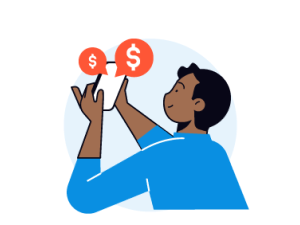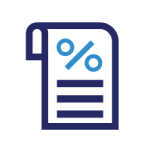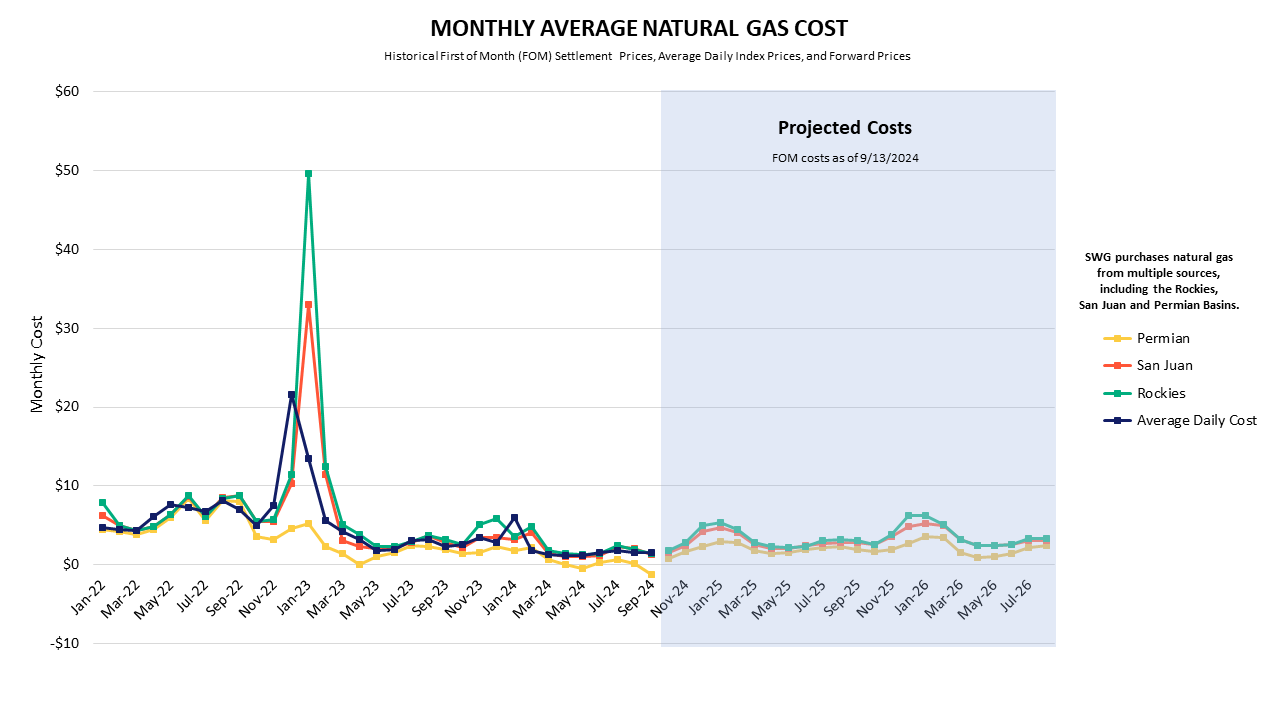Home Residential Services Resource Center Understanding Your Bill
Frequently Asked Questions







Why does my natural gas bill fluctuate?
Changes in Natural Gas Prices
The price of natural gas, like other commodities, is affected by supply and demand and other external factors like weather events, policy changes, and other economic factors.
We purchase gas on behalf of our customers – the price you pay is the same as we paid, with no profit to the Company. Changes to the gas cost rates are designed to help mitigate large variations that may occur in the natural gas market.
Changes in Usage
Wintertime and cooler temperatures will be the primary contributors to increased usage—things like your thermostat setting, the number of family members or guests in your home, the number of loads of laundry you wash and dry, the number and length of hot showers, or the use of natural gas appliances such as fireplaces or pool heaters. Your home's energy efficiency is another factor. Leaks and cracks around windows and doors and the type of insulation your home has may contribute to increased gas usage to maintain your home's comfortable temperature.
Changes In Delivery Charge
The delivery charge reflects a base rate component which includes the cost of operating the natural gas utility and recovering our investment in the natural gas distribution system. That component of the delivery charge only changes as a result of a base rate increase, which occurs approximately every two years. Our regulators scrutinize and approve the charge prior to implementation.































